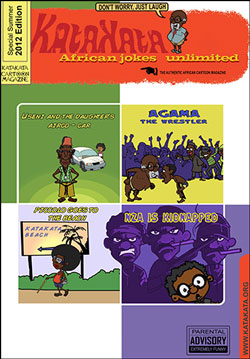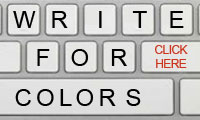"I definitely am not white," said Rachel Dolezal on NBC. "I'm more black than I am white. That's the accurate answer from my truth". Her story raises an important question: What is race?
The debate over Rachel Dolezal Raises the question of whether racial identity can be a choice. The thing about race is that, scientifically, there is no such thing.
Dolezal has touched off a contentious national debate about race, what exactly it is and whether it even exists. (NR: Rachel Dolezal is the former head of the Spokane, Wash., NAACP, who said she identified as black since she was a child despite having two white parents. The controversy in the USA over her racial identity caused her to resign).
If you are like many people, you probably googled to find out what race is. The biggest issue is the dichotomy that exists within our society. Everything seems to be the contrast between black and white. It is apparent that the United States is in the midst of a demographic shift driven by immigration and intermarriage.
There is a lack of understanding of what race is. When it comes to race, it is the idea that individuals possess some characteristic elements. The meaning of race is not absolute as it has nothing to do with the genetics makeup of an individual. It is often associated with a particular social, historical and geographic context.
Society classifies individuals into different races primarily based on their skin color. Over time there has been a change in the public perception; the classifications were based on ethnicity or nationality, religion, or minority language groups.
Race is a social construct based on self-identification
According to the Standards for the Classification of Federal Data on Race and Ethnicity:
- The racial and ethnic categories outlined in the standards should not be interpreted as being primarily biological or genetic in reference. Race and ethnicity may be thought of in terms of social and cultural characteristics as well as ancestry.
- Respect for individual dignity should guide the processes and methods for collecting data on race and ethnicity; ideally, respondent self-identification should be facilitated to the greatest extent possible, recognizing that in some data collection systems observer identification is more practical.”
In the case of Rachel A. Dolezal, does it matter? The United Sates is a country where the one-drop rule was considered the standard. The slightest of what is considered black heritage marked one as African American and subject to the nation’s racial caste system. If that is the case, so maybe Dolezal is black. All it takes is a drop. What about if it were the other way around?
Hypothetically, if it takes a drop, is the black race the dominant race of all beings?
In the PBS series “Finding Your Roots,” Harvard scholar Henry Louis Gates Jr. unveils surprising family tree branches. An example is the former secretary of state Condoleezza Rice’s genetic makeup. She is 51 percent African, 40 percent European and 9 percent Native American. In so doing, anything is possible
Dolezal is not unique in her position; Sen. Elizabeth Warren (D-Mass.) ran into trouble on the campaign trail when it was revealed that she had once identified herself as part-Native American.
In my case, my grandfather from my dad’s side was a mulatto (mixed white and black ancestry). And my grandfather from my mom’s side looked more Asian. I was too young to ask him about his ethnicity. In addition, the term race was not part of my vocabulary.
As a STEMer races don't exist, Races cannot be proven scientifically; it is all a semantic and a convoluted mess, it appears to me that we are talking about culture, attitudes, values and skin color.












